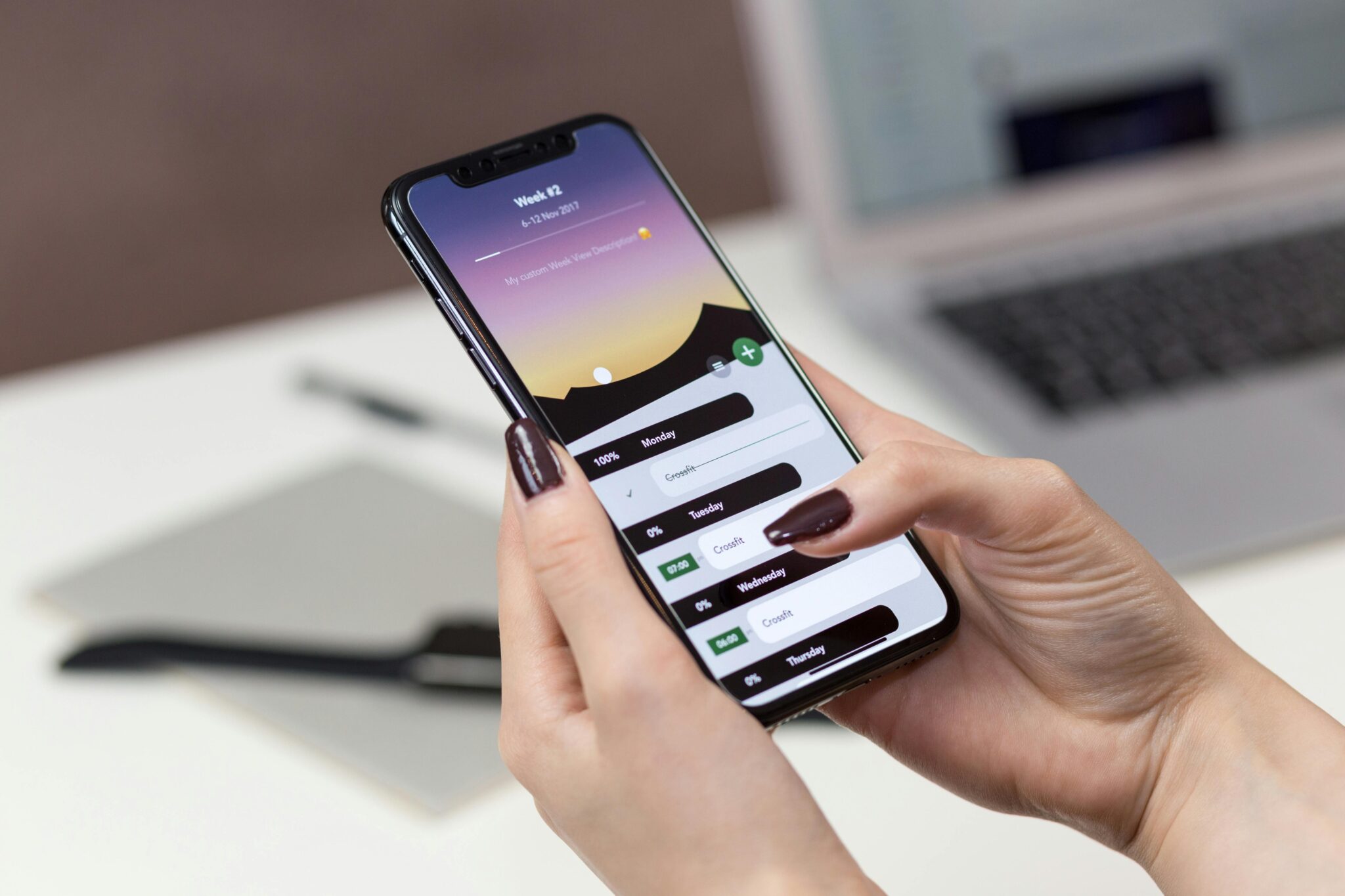In today’s hyper-connected world, blending mobile technology with Digital Out of Home (DOOH) advertising is revolutionizing the way brands engage with their audiences. Mobile Integration with DOOH creates a seamless connection between on-the-go consumers and large-scale advertising displays, offering brands the ability to craft highly personalized, engaging, and measurable campaigns. But how exactly does this integration work, and why is it becoming indispensable in modern advertising?
What is Mobile Integration with DOOH?
Mobile integration with DOOH involves the use of mobile devices to enhance the effectiveness of DOOH campaigns. By leveraging technologies like geofencing, QR codes, NFC (Near Field Communication), and mobile apps, advertisers can create dynamic interactions between digital screens and consumers’ smartphones.
For companies like Confirm, which specialize in DOOH reporting and proof of play, mobile integration represents an essential tool for maximizing campaign reach and engagement. With features like real-time reporting, Confirm helps advertisers monitor their campaigns while integrating mobile data to gain actionable insights.
Key Benefits
Combining mobile technology with DOOH offers advertisers a wealth of advantages. Here’s a breakdown of the key benefits, supported by examples of successful campaigns:
1. Enhancing Audience Engagement
Mobile integration allows brands to engage audiences in real-time, creating an interactive experience that extends beyond the screen. QR codes, for example, can drive immediate action by directing users to landing pages, promotions, or app downloads.
Example: Nike used mobile integration in a campaign promoting its running shoes. Digital billboards in urban areas displayed a QR code that users could scan to join a virtual running challenge. Participants tracked their progress through a mobile app, enhancing their engagement with the brand while boosting sales.
2. Leveraging Real-Time Data
By integrating mobile data, advertisers can tailor their campaigns based on real-time audience behavior, preferences, or location. This ensures the right message reaches the right audience at the perfect moment.
Example: McDonald’s leveraged geofencing in its “McCafé Moments” campaign. When customers entered geofenced areas near a participating restaurant, they received mobile push notifications promoting discounts on coffee, linked to DOOH displays. This strategy increased in-store foot traffic and enhanced brand visibility.
3. Creating Measurable Campaigns
Mobile integration provides a clear pathway to measure DOOH campaign effectiveness. By tracking user actions like app downloads, website visits, or in-store purchases, advertisers can assess ROI with precision.
Example: IKEA integrated NFC technology into its DOOH campaign to promote a new line of furniture. Consumers could tap their smartphones on DOOH screens to access an augmented reality feature, allowing them to visualize products in their homes. IKEA tracked the resulting app downloads and website visits, quantifying the campaign’s success.
4. Driving Multi-Channel Synergy
Mobile integration strengthens cross-channel advertising strategies. By connecting DOOH campaigns with mobile ads or social media platforms, brands can create a unified experience that boosts overall campaign performance.
Example: Spotify ran a DOOH campaign that highlighted popular local playlists, encouraging users to scan a QR code and follow the playlist on their mobile app. This cross-channel approach increased app engagement while reinforcing Spotify’s brand as a personalized music platform.
How to Successfully Implement Mobile Integration with DOOH
To maximize the benefits of mobile integration, advertisers should focus on strategic planning and execution. Here are some tips for implementing effective campaigns:
- Use Geofencing and Location-Based Ads: Leverage mobile location data to target users in specific areas and enhance the relevance of your campaign.
- Incorporate Interactive Features: Add QR codes, NFC touchpoints, or augmented reality to DOOH screens to engage audiences and drive immediate action.
- Track and Analyze Data: Use tools like Confirm’s dashboard to monitor campaign performance in real-time and gain insights into mobile-driven actions.
- Coordinate with Other Channels: Align DOOH campaigns with social media, search, or mobile ads for a cohesive cross-channel strategy.
The Future of Mobile Integration with DOOH
As technologies like 5G and AI become more prevalent, mobile integration with DOOH is set to become even more sophisticated. Real-time analytics, predictive targeting, and hyper-personalized messaging will enable advertisers to create campaigns that are more relevant and impactful than ever before.
Emerging Trend: Imagine a DOOH campaign that uses AI to predict consumer behavior based on mobile usage patterns. This technology could dynamically change ads displayed on digital screens to reflect what consumers are most likely to engage with at any given moment.
Conclusion
Mobile Integration with DOOH is transforming the advertising landscape, enabling brands to connect with audiences in dynamic, interactive, and measurable ways. By combining mobile data with the power of digital screens, advertisers can create highly engaging campaigns that drive meaningful results.
Confirm is at the forefront of this innovation, offering advertisers tools like real-time reporting and a comprehensive dashboard to manage and optimize campaigns. With Confirm’s expertise, brands can seamlessly integrate mobile and DOOH strategies, maximizing their reach and ROI.
For advertisers seeking to stay ahead in today’s competitive market, embracing mobile integration with DOOH is not just a strategy—it’s a necessity. Start exploring the possibilities today and discover how this powerful combination can elevate your campaigns to new heights.
